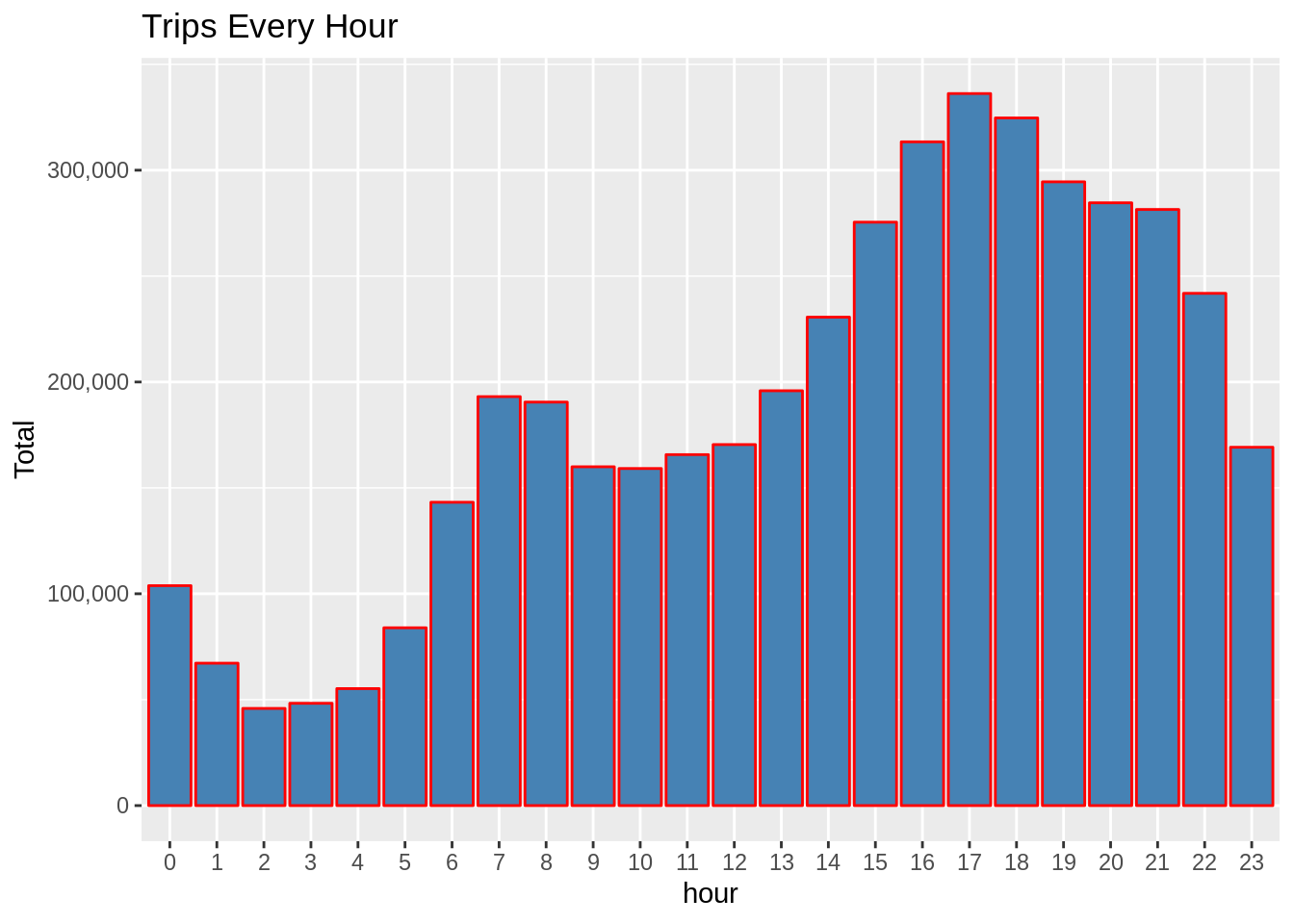
- #DPLYR SUMMARIZE IGNORE NA HOW TO#
- #DPLYR SUMMARIZE IGNORE NA INSTALL#
- #DPLYR SUMMARIZE IGNORE NA CODE#
To start our examples, we need to set up a dataframe to work from.

However, when na.rm is FALSE, then it returns NA from the calculation being done on the entire row or column. When na.rm is TRUE, the function skips over any NA values. They include colSums(), rowSums(), colMeans() and rowMeans(). It is simply a parameter used by several dataframe functions. It is neither a function nor an operation. When using a dataframe function na.rm in r refers to the logical parameter that tells the function whether or not to remove NA values from the calculation. The two remove NA values in r is by the na.omit() function that deletes the entire row, and the na.rm logical perimeter which tells the function to skip that value. While this may be okay sometimes in other cases you need a number. If you include the NA value in a calculation it will result in an NA value. So, somehow it needs to be removed from the calculations to get a meaningful value. one way of dealing with missing data with dataframe functions is through the na.rm logical perimeter.īecause the NA value is a placeholder and not an actual numeric value, it cannot be included in calculations. While the cbind() function will accept data containing NA, it does produce a warning. It is accepted by ame() without difficulty. Another the na.omit() function deletes any rows in the dataframe containing missing data in R missing data is designated by NA so that it can be detected easily. One way is the is.na() function involves simply detecting it.

There are several ways to deal with missing data in r. Sometimes, things beyond your control can cause gaps in the data. In a lab, you can control the quality of the data, but the real world does not work so nicely. If you have ever done any research involving real-world measurements, then you know that the data is not always neat and tidy. # Calculate t-statistic for confidence interval: # Confidence interval multiplier for standard error Names ( datac ) <- measurevar names ( datac ) <- "sd" names ( datac ) <- "N" datac $ se <- datac $ sd / sqrt ( datac $ N ) # Calculate standard error of the mean drop = TRUE ) # Collapse the dataįormula <- as.formula ( paste ( measurevar, paste ( groupvars, collapse = " + " ), sep = " ~ " )) datac <- summaryBy ( formula, data = data, FUN = c ( length2, mean, sd ), na.rm = na.rm ) # Rename columns SummarySE <- function ( data = NULL, measurevar, groupvars = NULL, na.rm = FALSE, conf.interval =. # conf.interval: the percent range of the confidence interval (default is 95%) # na.rm: a boolean that indicates whether to ignore NA's # groupvars: a vector containing names of columns that contain grouping variables # measurevar: the name of a column that contains the variable to be summariezed # Gives count, mean, standard deviation, standard error of the mean, and confidence interval (default 95%).
#DPLYR SUMMARIZE IGNORE NA CODE#
To use, put this function in your code and call it as demonstrated below. Rename the columns so that the resulting data frame is easier to work with.Find a 95% confidence interval (or other value, if desired).

#DPLYR SUMMARIZE IGNORE NA HOW TO#
/Graphs/Plotting means and error bars (ggplot2) for information on how to make error bars for graphs with within-subjects variables.) Find the standard error of the mean ( again, this may not be what you want if you are collapsing over a within-subject variable.Find the mean, standard deviation, and count (N).It will do all the things described here: Instead of manually specifying all the values you want and then calculating the standard error, as shown above, this function will handle all of those details. #> 4 M placebo 3 -1.300000 0.5291503 0.3055050Ī function for mean, count, standard deviation, standard error of the mean, and confidence interval Suppose you have this data and want to find the N, mean of change, standard deviation, and standard error of the mean for each group, where the groups are specified by each combination of sex and condition: F-placebo, F-aspirin, M-placebo, and M-aspirin.
#DPLYR SUMMARIZE IGNORE NA INSTALL#
It is more difficult to use but is included in the base install of R. It is easier to use, though it requires the doBy package.

It is the easiest to use, though it requires the plyr package. There are three ways described here to group data based on some specified variables, and apply a summary function (like mean, standard deviation, etc.) to each group. You want to do summarize your data (with mean, standard deviation, etc.), broken down by group.


 0 kommentar(er)
0 kommentar(er)
